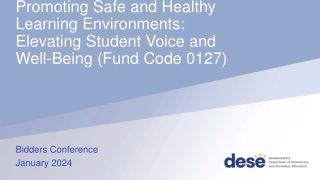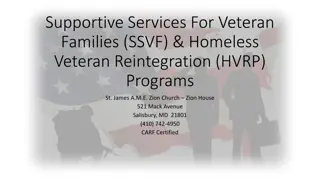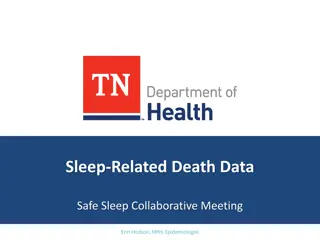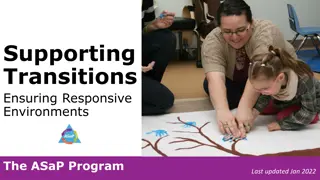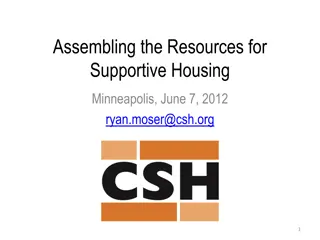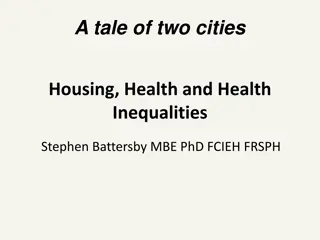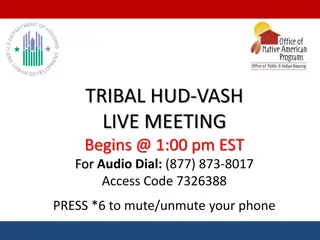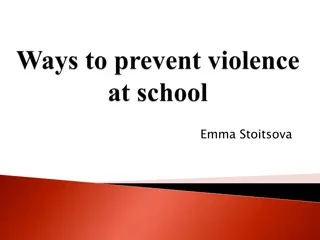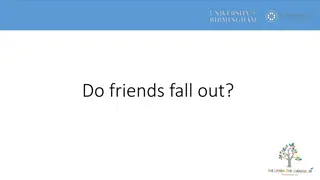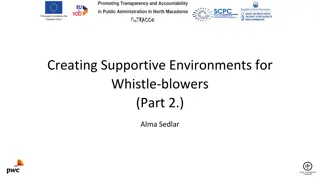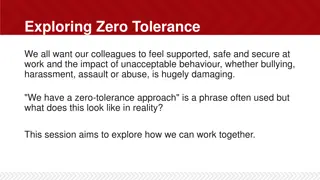Safe and Supportive Environments
Learn about CPR, good heart living, symptoms of heart attack or stroke, first aid kits, the Good Samaritan law, and the adult chain of survival. Understand the terminology, controllable and uncontrollable risk factors, and the importance of immediate response in emergencies. Discover the steps of CPR, signs of a heart attack or stroke, and the Minnesota Good Samaritan Law. Be prepared to assist in emergencies and prioritize heart health.
Download Presentation

Please find below an Image/Link to download the presentation.
The content on the website is provided AS IS for your information and personal use only. It may not be sold, licensed, or shared on other websites without obtaining consent from the author.If you encounter any issues during the download, it is possible that the publisher has removed the file from their server.
You are allowed to download the files provided on this website for personal or commercial use, subject to the condition that they are used lawfully. All files are the property of their respective owners.
The content on the website is provided AS IS for your information and personal use only. It may not be sold, licensed, or shared on other websites without obtaining consent from the author.
E N D
Presentation Transcript
Percentage of secondary schools that implement parent engagement strategies for all students 75% - 100% 50% - 74% 25% - 49% 0% - 24% No Data School Health Profiles, 2018
Percentage of secondary schools that implement school connectedness strategies 75% - 100% 50% - 74% 25% - 49% 0% - 24% No Data School Health Profiles, 2018
Percentage of secondary schools that prevent bullying and sexual harassment, including electronic aggression, among all students 75% - 100% 50% - 74% 25% - 49% 0% - 24% No Data School Health Profiles, 2018
Percentage of secondary schools with a gay/straight alliance or similar club 75% - 100% 50% - 74% 25% - 49% 0% - 24% No Data School Health Profiles, 2018
Percentage of secondary schools that identify safe spaces where LGBTQ youth can receive support from administrators, teachers, or other school staff 75% - 100% 50% - 74% 25% - 49% 0% - 24% No Data School Health Profiles, 2018
Percentage of secondary schools that prohibit harassment based on a students perceived or actual sexual orientation or gender identity 75% - 100% 50% - 74% 25% - 49% 0% - 24% No Data School Health Profiles, 2018
Percentage of secondary schools that encourage staff to attend professional development on safe and supportive school environments for all students, regardless of sexual orientation or gender identity 75% - 100% 50% - 74% 25% - 49% 0% - 24% No Data School Health Profiles, 2018
Percentage of secondary schools that facilitate access to providers not on school property who have experience in providing health services, including HIV/STD testing and counseling, to LGBTQ youth 75% - 100% 50% - 74% 25% - 49% 0% - 24% No Data School Health Profiles, 2018
Percentage of secondary schools that facilitate access to providers not on school property who have experience in providing social and psychological services to LGBTQ youth 75% - 100% 50% - 74% 25% - 49% 0% - 24% No Data School Health Profiles, 2018
Percentage of secondary schools that implement HIV, other STD, and pregnancy prevention strategies that meet the needs of lesbian, gay, bisexual, transgender, and questioning (LGBTQ) youth 75% - 100% 50% - 74% 25% - 49% 0% - 24% No Data School Health Profiles, 2018


